Who Is Donald Ross And Which Other Courses Has He Designed?
Donald Ross is a name synonymous with true golf nuts - but why?
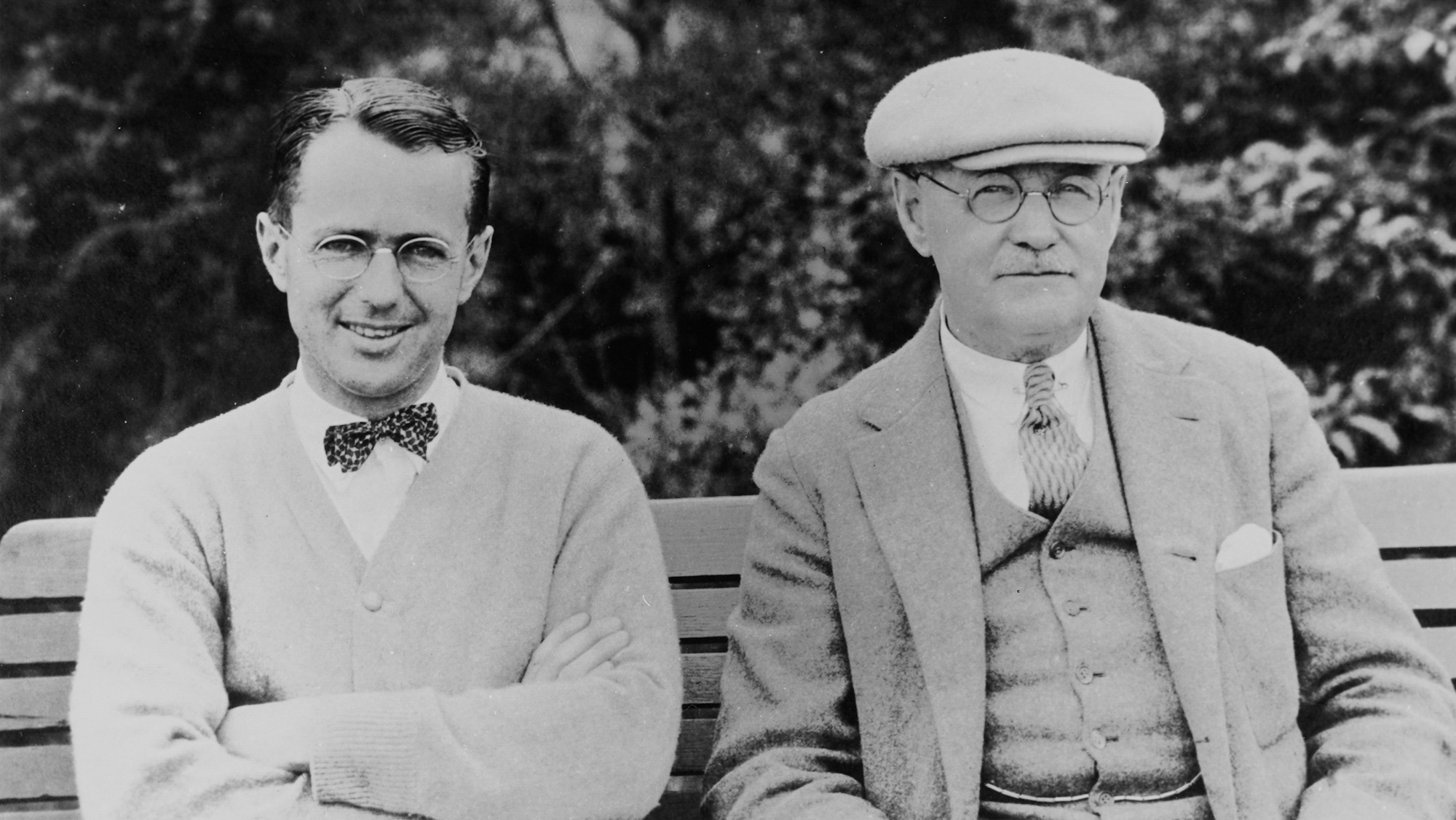

For those tuning in to the US Open this week, expect lots of talk about Donald Ross. It won’t be a name you see on the leaderboard, but he will leave an indelible mark on this championship.
So, who is Donald Ross and why is he so revered in the world of golf?
Ross was a Scottish-born professional golfer who recorded a fifth-place finish in the US Open and a T8 in The Open, but he became better known for his work as a golf course designer.
After an apprenticeship at Royal Dornoch, he moved to America and wound up at Pinehurst and it’s on this stretch of land in North Carolina where he found his true calling.
"It's no secret to anybody here at Pinehurst, Donald Ross was the creator of No. 2 and much of what is here," the USGA's John Bodenhamer said.
"Donald Ross did a lot of impactful things, a lot of important things. Perhaps at least one of my favorite quotes that he said, it went like this: 'A country which gets golf minded need not worry about the honor, the integrity and the honesty of its people'. That hangs in Golf House Pinehurst for every one of our staff to see.
"Think about this when you think about Donald Ross. I didn't realize this until just a few weeks ago. 1,000 USGA championships, 17.5 percent of those, 175 of them, almost one in five, have been played on Donald Ross golf courses. That's pretty darned prolific.
Get the Golf Monthly Newsletter
Subscribe to the Golf Monthly newsletter to stay up to date with all the latest tour news, equipment news, reviews, head-to-heads and buyer’s guides from our team of experienced experts.

The par 3 ninth hole at Pinehurst No.2
"This was his masterpiece. Donald Ross wasn't just a designer. Sure, that's maybe what most people know him to be. But he was a superintendent here at Pinehurst. He was a club maker. He was a carpenter. He did other things. But he was a designer, and he lived at Pinehurst.
"You can go to the third green, look left, that's where Donald Ross lived. His home is still there. Pinehurst is the caretaker for that.
"This was his masterpiece. He refined it. He took it from sand greens to turf grass and kept improving it over and over again.
"Each hole, he talks about this, was a different challenge. No two holes go in the same direction. You think about how the wind works around those holes and how it swings through the pine trees here."
Ross would eventually design four courses here but most notably, he is the original creator of Pinehurst No. 2, the venue for this year’s US Open and which has held several of the sport’s biggest events over the years.
After his work at Pinehurst, the legend of Ross grew and he devoted more and more of his time to providing the canvas upon which great golf would be played.
Although he was born in Scotland, he didn't design any courses in the Home of Golf. He is, however, credited with having a direct involvement with hundreds of courses in north America before his passing in 1948, while he has inspired the designs of countless other architects.
His layouts – too many to list – have hosted countless Majors and big events across both the men’s and women’s games.

Pinehurst No. 2 was restored to its original Donald Ross design in 2010 by Bill Coore and Ben Crenshaw
He is responsible for Oak Hill and Oakland Hills, which between them have held 16 Major championships. Four US Opens and two PGA Championships have been played over Ross' Inverness Club, while Pinehurst No. 2 is set for its fourth US Open.
Ross also designed the highly acclaimed Seminole and East Lake, home of the mega-money FedEx Cup finale each year.
What courses did Donald Ross design?
- Aronimink Golf Club
- Brae Burn (1919 US Open)
- Charlotte Country Club
- East Lake Golf Club
- Englewood Country Club (1909 US Open)
- Essex County Club
- Inverness Club (1920, 1931, 1957, 1979 US Open; 1986, 1993 PGA Championship)
- Interlachen Country Club (1930 US Open; 2008 US Women's Open)
- Oak Hill (1956, 1968, 1989, US Open; 1980, 2003, 2013, 2023 PGA Championship)
- Oakland Hills (1924, 1937, 1951, 1961, 1985, 1996 US Open; 1972, 1979, 2008 PGA Championship)
- Pinehurst No. 2 (1936 PGA Championship; 1999, 2005, 2014, 2024 US Open; 2014 US Women's Open)
- Plainfield Country Club
- Scioto Country Club (1926 US Open; 1950 PGA Championship)
- Seminole
- The Minikahda Club (1916 US Open)
- Wannamoisett Country Club
- Worcester Country Club (1925 US Open; 1960 US Women's Open)

A lifelong golf fan, Andy graduated in 2019 with a degree in Sports Journalism and got his first role in the industry as the Instruction Editor for National Club Golfer. From there, he decided to go freelance and now covers a variety of topics for Golf Monthly.
Andy took up the game at the age of seven and even harboured ambitions of a career in the professional ranks for a spell. That didn’t pan out, but he still enjoys his weekend golf at Royal Troon and holds a scratch handicap. As a side note, he's made five holes-in-one and could quite possibly be Retief Goosen’s biggest fan.
As well as the above, some of Andy's work has featured on websites such as goal.com, dailyrecord.co.uk, and theopen.com.
What's in Andy's bag?
Driver: Callaway Mavrik Sub-Zero (9°)
3-wood: TaylorMade Stealth 2 Plus (15°)
Driving iron: Titleist U500 (17°)
Irons: Mizuno mp32 (4-PW)
Wedges: Titleist Vokey SM9 (50°, 54° and 58°)
Putter: Titleist Scotty Cameron Newport 2.5
Ball: TaylorMade TP5x
-
 'This One Is Just As Much His As It Is Mine' - Rory McIlroy Pays Emotional Tribute To 'Big Brother' Harry Diamond After Historic Masters Win
'This One Is Just As Much His As It Is Mine' - Rory McIlroy Pays Emotional Tribute To 'Big Brother' Harry Diamond After Historic Masters WinThe 2025 Masters champion couldn't hold back the tears when discussing the importance of his relationship with caddie Harry Diamond
By Elliott Heath Published
-
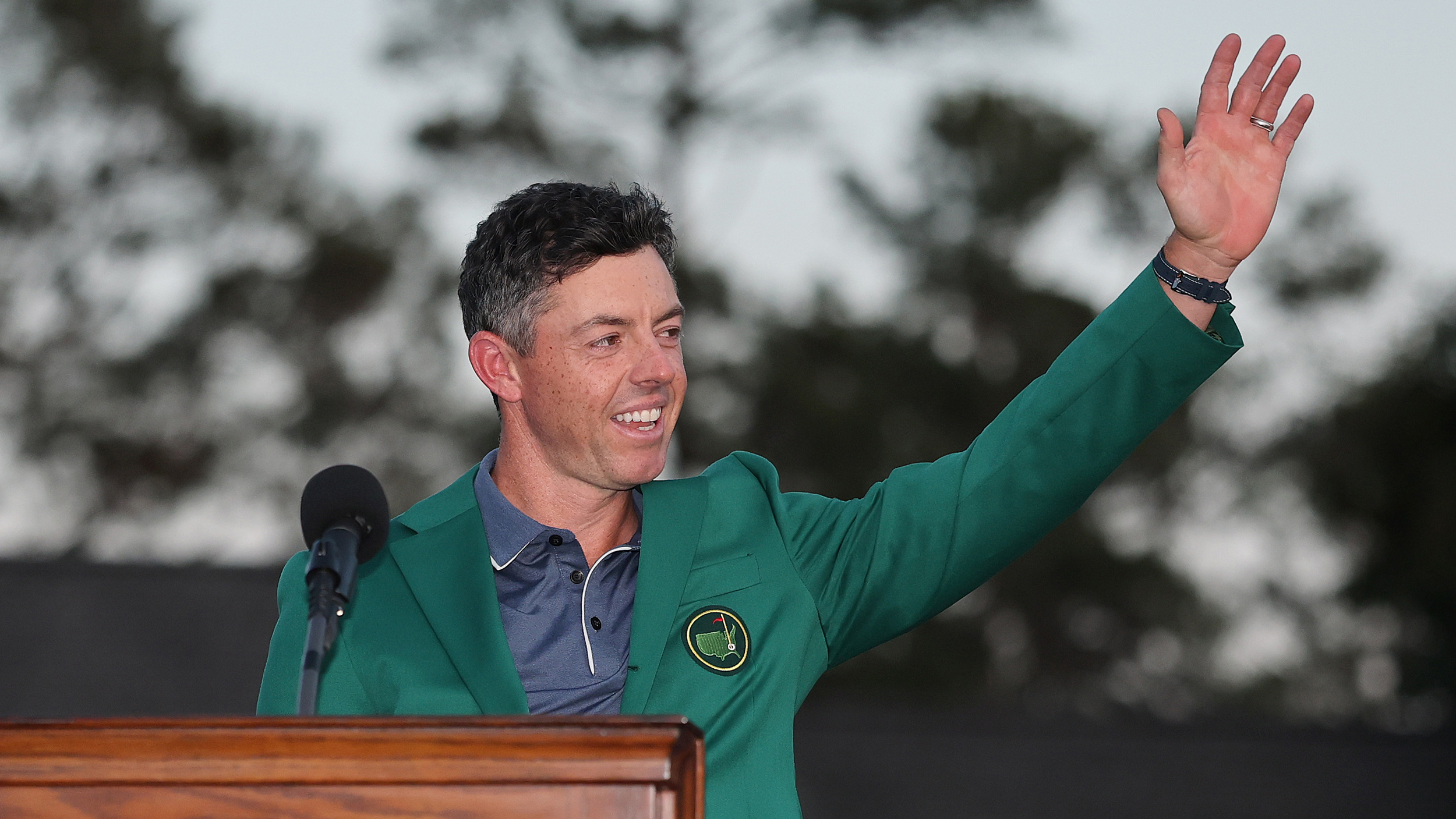 Rory 2.0 Was Born At The 2025 Masters... McIlroy Is Now Free Of His 11-Year Major Burden
Rory 2.0 Was Born At The 2025 Masters... McIlroy Is Now Free Of His 11-Year Major BurdenThe Northern Irishman dug deeper than he ever had to get over the line and finally seal the missing green jacket to his career grand slam puzzle
By Elliott Heath Published
-
 Did The USGA Get It Right At The 2024 US Open?
Did The USGA Get It Right At The 2024 US Open?Pinehurst No.2 was on the edge, but it made for an excellent US Open that produced a thrilling leaderboard and final day
By Elliott Heath Published
-
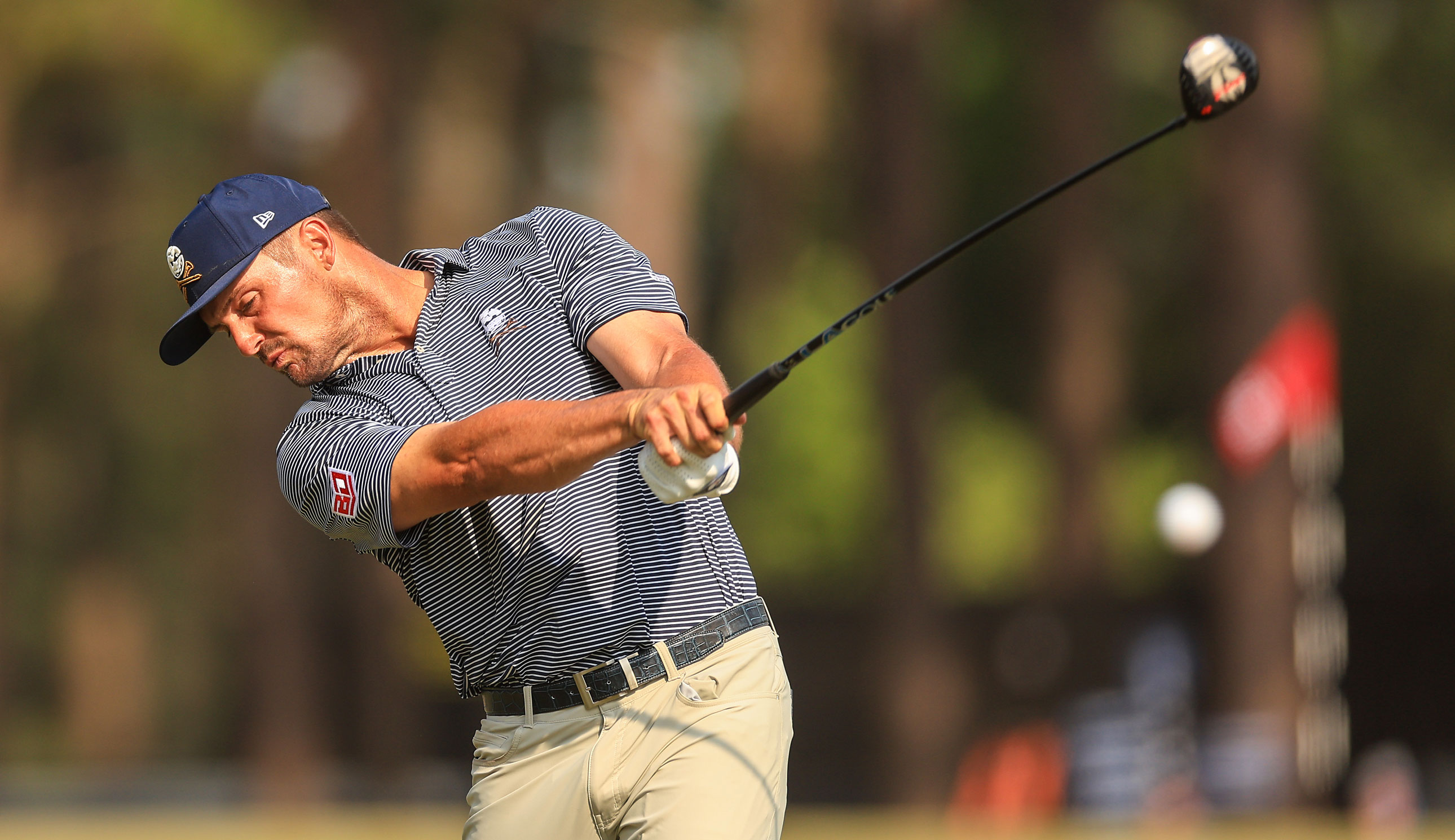 'I Probably Shouldn’t Have Changed The Heads' - Bryson DeChambeau Reveals Reason For Driver Head Swap Prior To US Open Win
'I Probably Shouldn’t Have Changed The Heads' - Bryson DeChambeau Reveals Reason For Driver Head Swap Prior To US Open WinThe big-hitting American was seen swapping driver heads before his final round at the US Open, with the reasoning, at the time, unclear. Now, DeChambeau has explained why...
By Matt Cradock Published
-
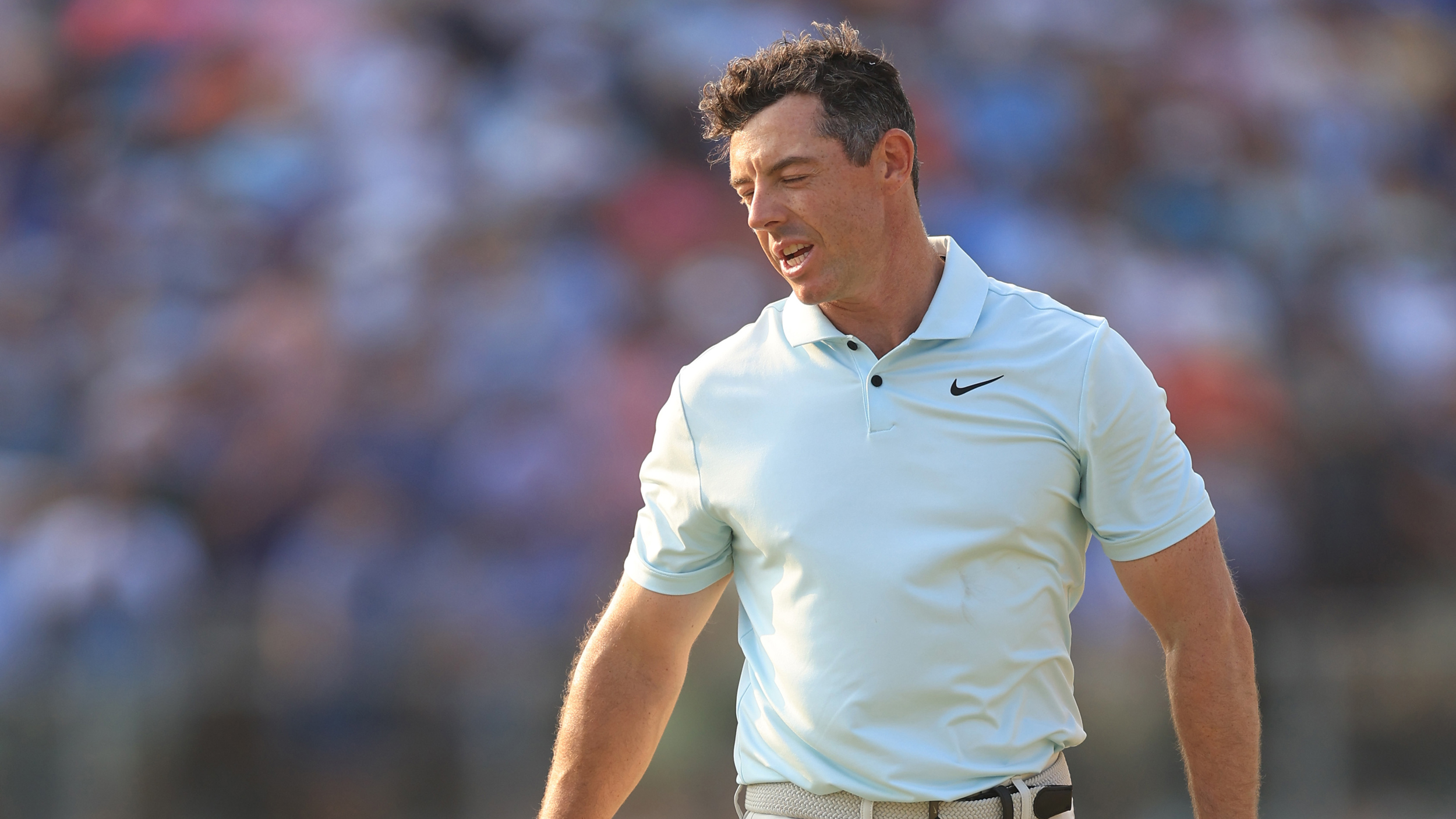 'This Will Either Make Or Break Rory McIlroy'
'This Will Either Make Or Break Rory McIlroy'Rory McIlroy suffered the most agonising loss of his career at the 2024 US Open. How he comes back from it could well be career defining
By Elliott Heath Published
-
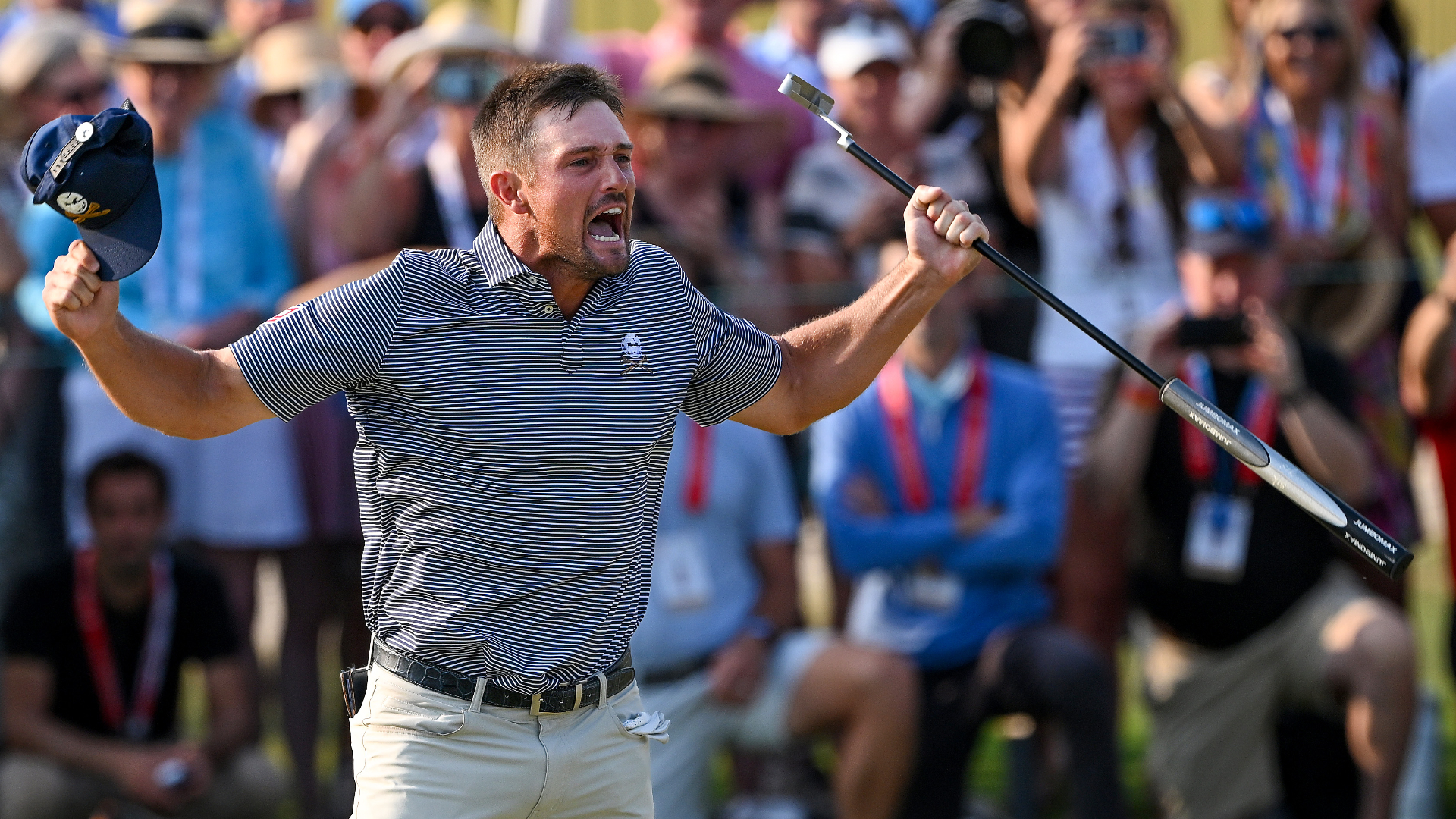 ‘Best Shot Of My Life’ - Bryson DeChambeau On US Open Winning Bunker Shot
‘Best Shot Of My Life’ - Bryson DeChambeau On US Open Winning Bunker ShotBryson DeChambeau won his second US Open title in dramatic fashion thanks to what he called the best shot of his life
By Joel Kulasingham Published
-
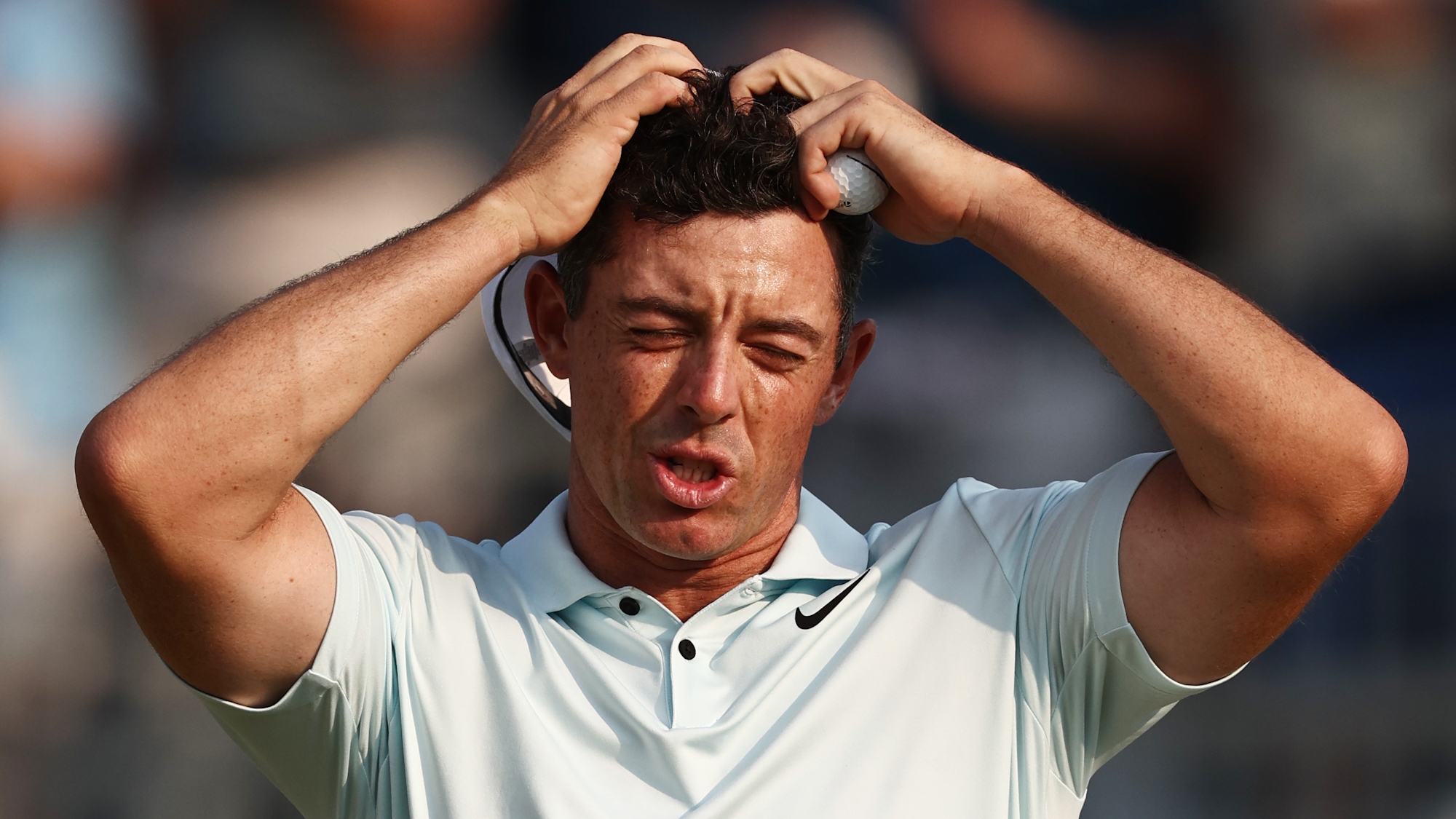 'Going To Haunt Him For The Rest Of His Life’ - Rory McIlroy’s Major Drought Continues After US Open Agony
'Going To Haunt Him For The Rest Of His Life’ - Rory McIlroy’s Major Drought Continues After US Open AgonyThe Northern Irishman was beaten by Bryson DeChambeau in a thrilling final-day battle at Pinehurst
By Andrew Wright Published
-
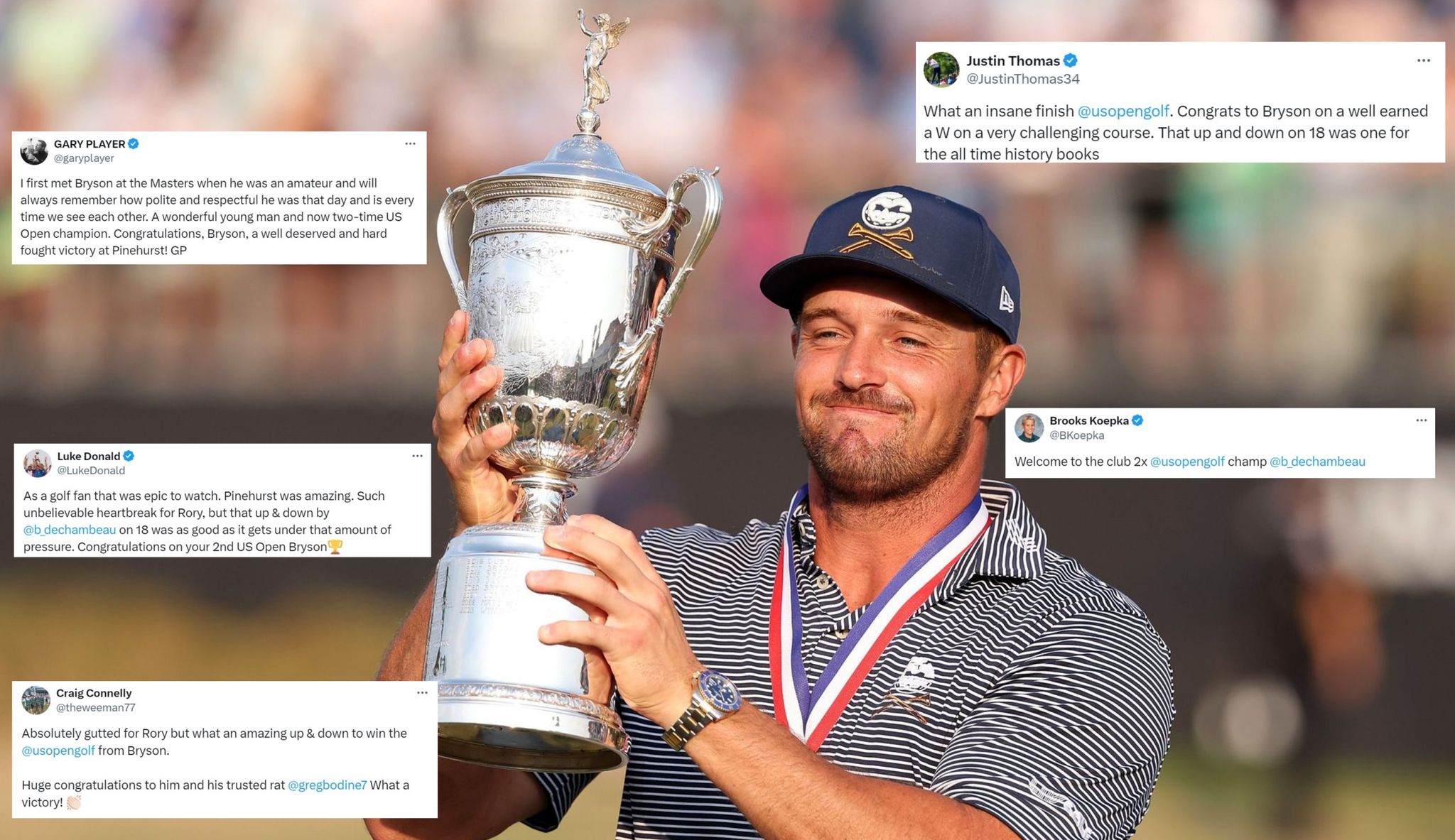 Social Media Reacts To Bryson DeChambeau's Epic US Open Victory
Social Media Reacts To Bryson DeChambeau's Epic US Open VictoryDeChambeau claimed a thrilling victory at Pinehurst No.2, with the American producing the par of his life at the 72nd hole for a second US Open scalp in North Carolina
By Matt Cradock Published
-
 Neal Shipley Joins Exclusive Club After Claiming Low Amateur Honors At US Open And Masters
Neal Shipley Joins Exclusive Club After Claiming Low Amateur Honors At US Open And MastersThe 23-year-old became just the sixth player in history to win low amateur honors at the Masters and US open in the same year
By Joel Kulasingham Published
-
 Unfair Or Proper Punishment? Golf Fans Divided Over Rory McIlroy’s Horror Break In Final Round Of US Open
Unfair Or Proper Punishment? Golf Fans Divided Over Rory McIlroy’s Horror Break In Final Round Of US OpenThe Northern Irishman fell foul of Pinehurst No. 2's severe terrain early on Sunday
By Andrew Wright Published